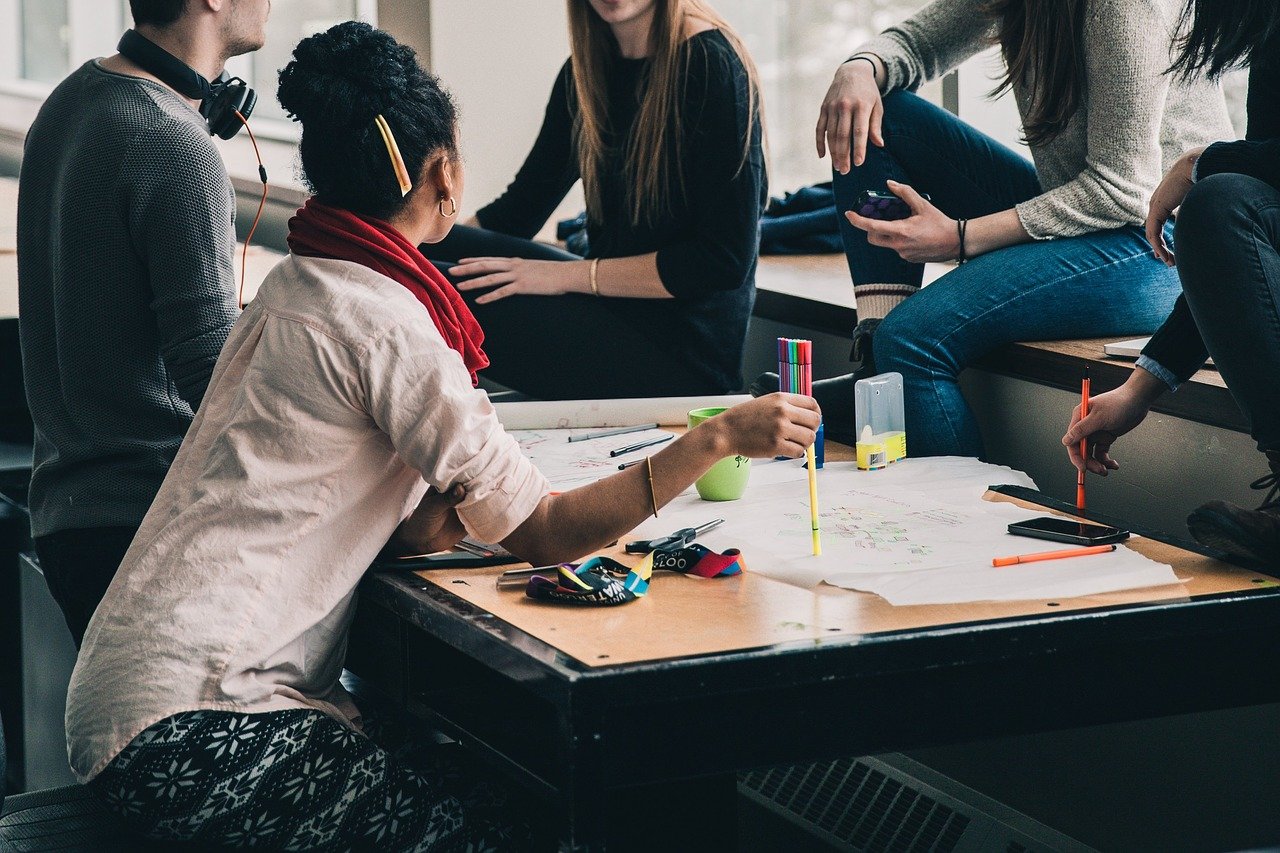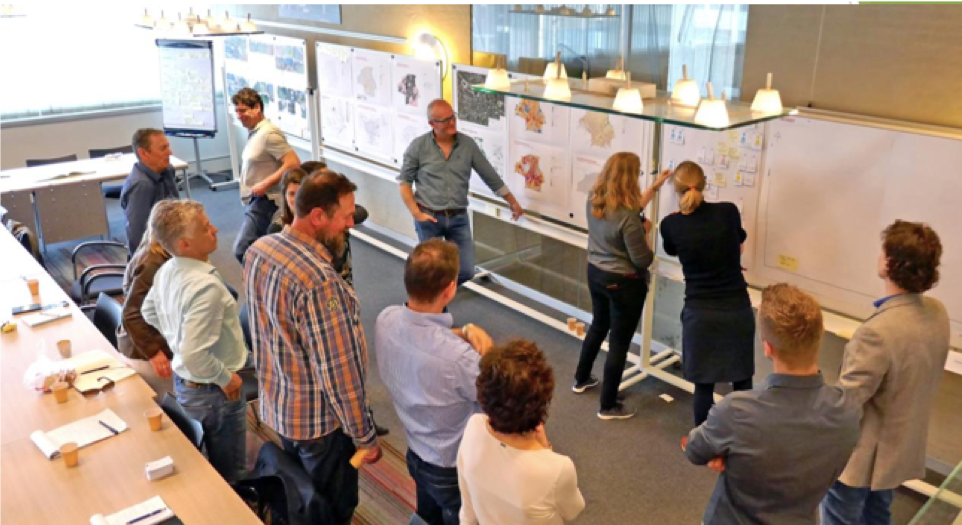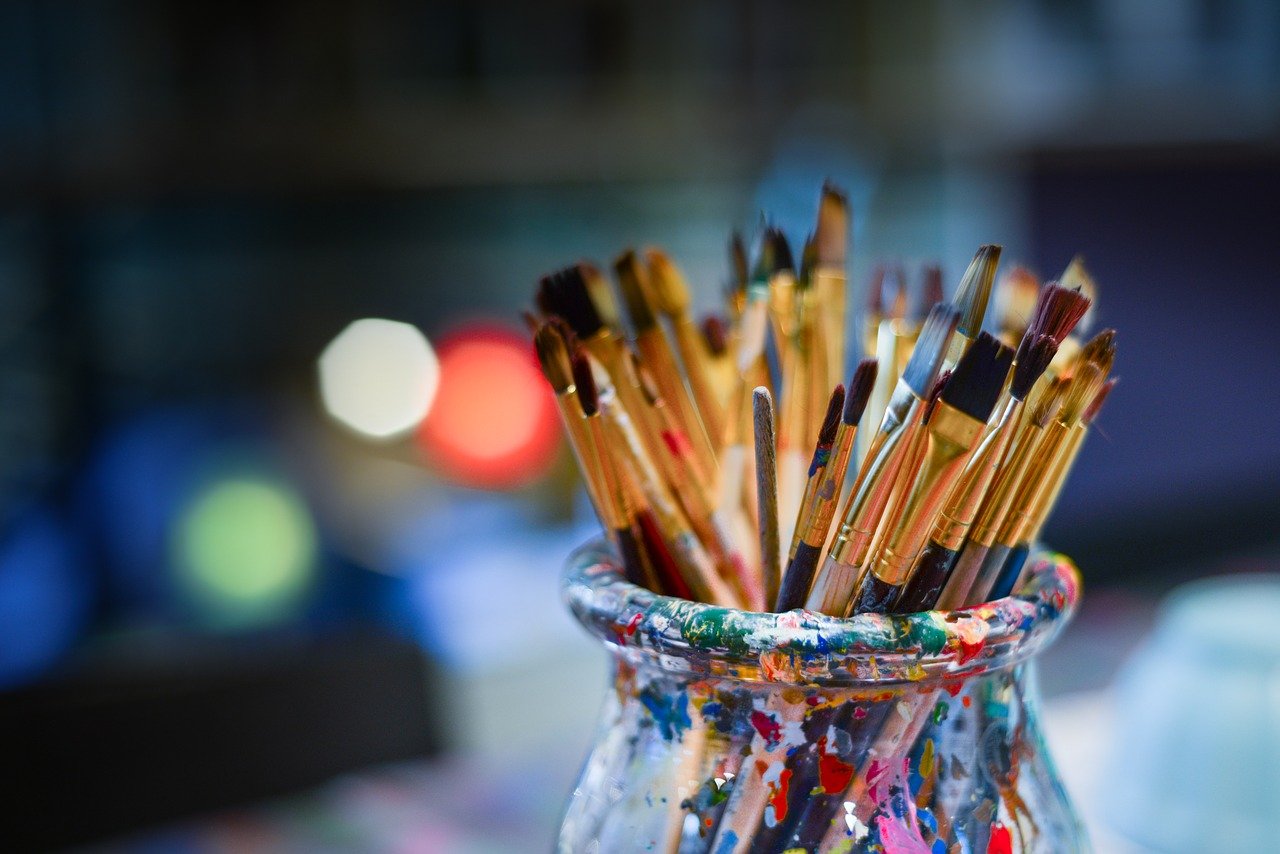Introduction
Co-creation is a key process in the open innovation journey. The basic premise of Open Innovation, is to open up the innovation process to all active players so that knowledge can circulate more freely and be transformed into sustainable products and services for all. This means that innovation can no longer be the result of predefined and isolated activities but rather the outcome of a complex co-creation process that involves knowledge flows and absorptive capacities from all actors involved across the entire economic and social environment.

What is co-creation?
Industry, Academia, Public Authorities and Citizens are part of the so-called Quadruple Helix model, where users are placed at the heart of the innovation ecosystem. This means that citizens/users must be considered as actors, not factors, of the innovation process. Actors with their own knowledge base, individual needs, and reasons to contribute to the creation of new products and services. In this vein, co-creation relates to the various levels of involvement of end-users in the different stages of service/product development. In the public sector, the end-users are the citizens. Many policy makers consider co-creation with citizens as an essential condition to create innovative public services that actually meet the needs of citizens, given a number of societal challenges.
Front-runner cities' workshops
The UNaLab front-runner cities Eindhoven, Tampere and Genova organised a series of co-creative workshops within their local context. In all cities, the workshops resulted in the sharing of views and finding new ideas - on paper, in text, drawings and photos. In Tampere and Genova, participants produced ideas and wishes for the design. In Eindhoven and Genova, groups of ‘ambassadors’ were formed. All cities were left with some new ideas after the finalisation of the workshops, which were specific to their location and theme.

Best practices
EINDHOVEN
Eindhoven chose the Design Thinking method for their co-creation workshops. The city organised three workshops in a co-creation process with professional experts in fields related to NBS, to explore NBS in Eindhoven and to find ways to improve the process of implementation.
TAMPERE
Tampere used the Design Thinking method in their co-creation workshops. The city organised three workshops in each NBS pilot demonstration area with the goal to increase awareness of NBS and how they can solve urban problems, and to hear the citizens’ views on how their neighbourhood and city could develop with NBS.
GENOVA
Genova chose the European Awareness Scenario Workshop method for their co-creation workshops. The city organised three co-creation workshops in which the focus was to explain NBS as a concept and for the participants to apply NBS for the re-development of the plan for the Gavoglio area.
TAKE PART OF OTHER BEST PRACTICES IN OUR LIVING LABBERS WEBINAR SERIES
Barriers to co-creation
Development and co-creation of nature-based solutions (NBS) as innovative approaches can face various barriers. The barriers to the uptake and co-creation of NBS have been collected from several workshops and interviews conducted in the course of the project and an extensive literature review.



